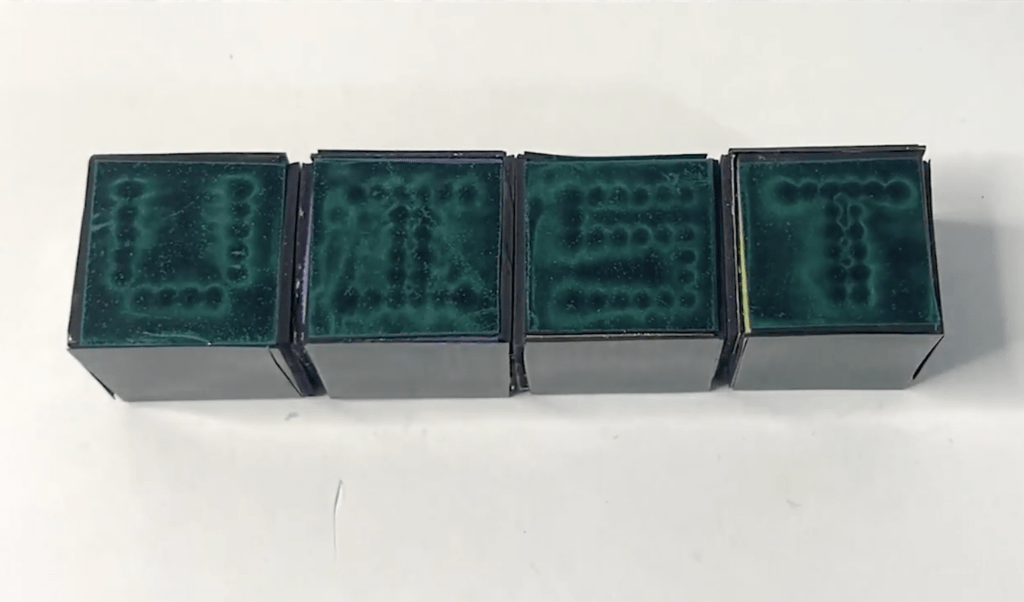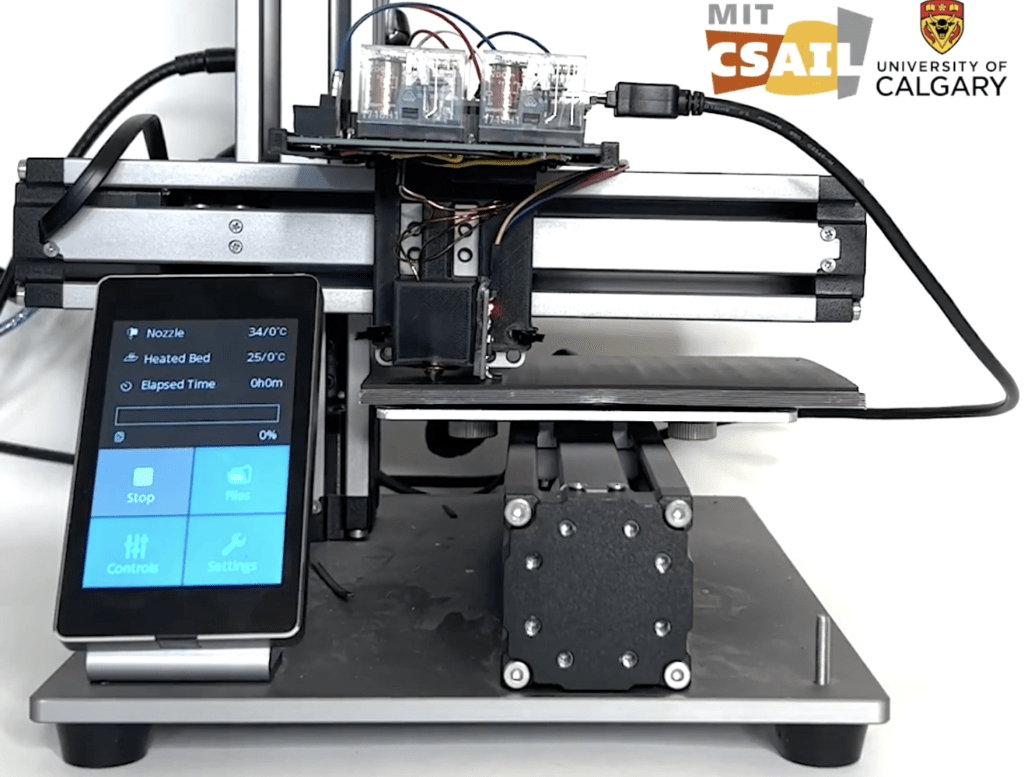New display technology features magnetic pixels

Display technology, from cathode-ray tubes to LCD screens, exists to convey information to humans visually and it does that very well. But the lack of physical presence makes visual displays useless for almost everything else. The blind can’t feel pixels and computers need resource-intensive algorithms to make sense of the images we feed them. That’s why engineers from MIT CSAIL and the University of Calgary have developed a new type of display technology that relies on magnetic pixels called “mixels.”
In this context, “mixels” are individual elements that form a magnetic picture. A SnapMaker CNC machine modified with an Arduino Nano-controlled electromagnetic head can set each mixel to a magnetic north polarity, south polarity, or demagnetized state. A Hall effect sensor on the head lets the Arduino detect the polarity of each mixel so it can scan the image. Like a raster image made up of traditional visual pixels, these mixel images can be complex. A mixel image could, for instance, represent a QR code in order to store data. Each mixel is a single bit that is readable with a low-cost Hall effect sensor.

The mixel images have additional potential thanks to their physical presence. By “drawing” specific polarity patterns, it is possible to create objects with mixel images that repel or attract to matching mixel images. Those can become tactile displays, key and lock combinations, and much more. Mixels are also reprogrammable, because the electromagnetic drawing head can reset the polarity of a mixel as needed. Mixel images aren’t normally visible to the naked eye, but polarized film lets a person see the state of each mixel without the need for an electronic hardware. Mixel displays have many applications and will be practical with more affordable movement systems for the head.
Leave a Reply
You must be logged in with your Arduino account to post a comment.